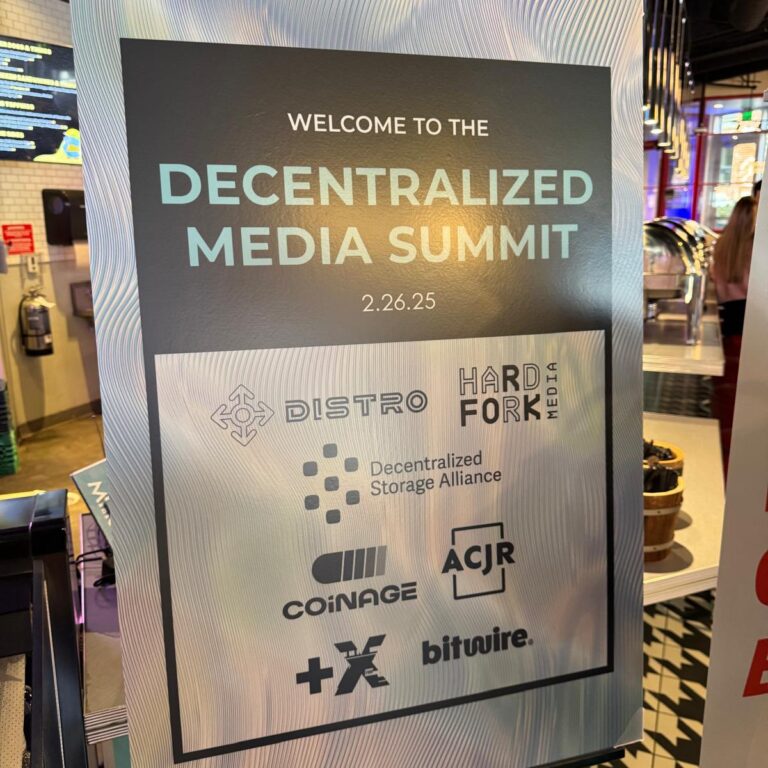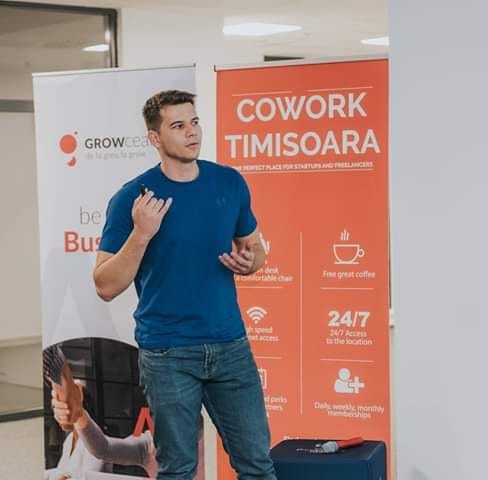
The Future of Wellbeing & Sports: How AI & Digital Platforms Are Transforming Performance, Mental Health, and Community Engagement
🚨 Key Challenges in Wellbeing, Fitness & Sports Today
The intersection of fitness, sports, and mental wellness is becoming more important than ever. However, many organizations still struggle with:
❌ Lack of Personalized Training & Wellbeing Programs – Generic routines don’t adapt to individual needs, whether in sports performance, fitness, or mental resilience.
❌ Limited Real-Time Tracking & Feedback – Without instant insights, athletes and individuals can’t optimize workouts or track their mental wellness.
❌ Mental & Physical Burnout – Overtraining, stress, and lack of recovery strategies lead to injuries and poor long-term performance.
❌ Disconnected Communities – Athletes, fitness enthusiasts, and wellness seekers lack a digital space to engage, connect, and share progress.
AI-powered training, real-time analytics, and smart coaching platforms are redefining how people train, recover, and sustain long-term wellbeing.
🚀 How AI & Digital Platforms Are Transforming Wellbeing & Sports
🧠 AI-Powered Mental & Physical Wellbeing
✅ AI-driven recovery & stress management monitors biometrics to prevent burnout.
✅ Personalized meditation, breathwork, and mindfulness training based on real-time health data.
✅ AI-assisted sleep tracking & optimization improves recovery for both athletes and casual users.
🏋️ Smart Personalized Training & Fitness Programs
✅ AI-driven workouts adapt dynamically to a person’s performance & recovery status.
✅ Smart coaching monitors endurance, agility, and strength to optimize progress.
✅ AI & machine learning help prevent injuries by analyzing fatigue levels.
📊 Real-Time Performance Analytics for Sports & Fitness
✅ Motion tracking & biometric sensors help optimize movements in training.
✅ AI-powered analytics give instant feedback for coaches & trainers.
✅ Wearable integrations track progress, heart rate, and muscle exertion.
📡 Connected Communities & Social Engagement
✅ AI-driven recommendations help users find sports teams, wellness programs & events.
✅ Online coaching platforms improve communication between athletes, trainers, and health experts.
✅ Virtual fitness & wellness challenges boost engagement and motivation.
The convergence of mental care, fitness, and sports tech is creating holistic digital ecosystems where users can optimize their performance, recovery, and wellbeing in real-time.
📌 Case Study: Train Like Legends – AI-Powered Athlete & Mental Resilience Training
🏆 Client: Train Like Legends – AI-Driven Personalized Sports & Mental Training
🔗 Visit Train Like Legends
Industry: Sports & Wellbeing Tech | Region: Global
⚠️ Challenges:
❌ Generic Training Programs – Athletes lacked personalized fitness & mental coaching routines.
❌ No Real-Time Performance or Recovery Insights – Adjustments to workouts and wellness strategies were based on assumptions.
❌ Limited Support for Mental Strength & Focus – No AI-driven resilience coaching for athletes.
⚡ Our Solution:
✔ AI-driven Personalized Training Programs – Adaptive workouts based on real-time biometric data.
✔ Mental Resilience & Focus Training – AI-assisted mindset coaching & performance psychology tools.
✔ Smart Recovery & Injury Prevention – AI optimizes workouts to avoid burnout & overtraining.
✔ Community Engagement Platform – Connects athletes, trainers, and mental wellness coaches globally.
📈 Results & Impact:
✅ 30% Faster Performance Improvements using AI-driven personalized plans.
✅ 50% Reduction in Overtraining Injuries through smart fatigue tracking.
✅ Increased Athlete-Coach Engagement, improving training efficiency.
✅ 20% Improvement in Mental Resilience, optimizing focus & stress management.
By integrating AI & digital coaching tools, Train Like Legends enables athletes and individuals to maximize both their physical and mental training while ensuring optimal recovery and resilience.
📌 Case Study: SportIn – The Ultimate Digital Sports & Wellness Community
⚽ Client: SportIn – A Connected Sports & Fitness Ecosystem
🔗 Visit SportIn
Industry: Sports & Wellbeing | Region: Global
⚠️ Challenges:
❌ Lack of a Unified Digital Platform – Users needed one place to track training, recovery & mental wellness.
❌ No Personalized Fitness & Wellbeing Experience – Generic recommendations instead of tailored wellness routines.
❌ No Centralized Team & Event Management – Coaches and trainers struggled to organize training schedules efficiently.
⚡ Our Solution:
✔ AI-driven Sports & Wellness Community Platform – Connecting athletes, trainers & wellbeing coaches in one place.
✔ Event & Team Management System – Streamlining scheduling, tournaments & training sessions.
✔ Personalized AI-Driven Recommendations – Helping users discover relevant training programs, mindfulness exercises & sports events.
📈 Results & Impact:
✅ 25% Faster Event & Team Coordination through AI-automated scheduling.
✅ Increased Community Engagement, improving retention rates.
✅ 30% More Efficient Training & Recovery with AI-powered recommendations.
✅ Stronger Mental & Physical Performance, combining sports & wellness strategies.
SportIn is redefining sports & fitness by integrating AI, wellbeing, and community engagement—all in a seamless digital space.
🌎 What’s Next for Sports, Fitness & Wellbeing Tech?
1️⃣ AI-Powered Smart Wearables – Real-time biometric tracking for injury prevention & mental wellness.
2️⃣ AI-Enhanced Mental Wellbeing Coaching – AI-driven stress management & personalized performance psychology programs.
3️⃣ AI & Blockchain-Based Athlete & Wellness Data – Ensuring secure performance tracking, contract management, and sponsorship deals.
4️⃣ Digital Sports & Wellness Marketplaces – Connecting athletes, wellness brands, and performance experts through AI-powered career management tools.
🚀 Fitness brands, wellness startups, and sports platforms that invest in AI & digital ecosystems today will lead the industry in the next five years.
💡 How Can Your Sports & Wellness Business Stay Competitive?
At MGOIT, we develop AI-powered fitness platforms, mental resilience tools, and sports performance analytics solutions. Whether you need personalized training software, community-driven wellness platforms, or performance tracking tools, we ensure efficiency, engagement, and scalability.
👉 Are you leveraging AI & digital wellness to enhance performance? Let’s talk! https://mgoit.com/contact/








